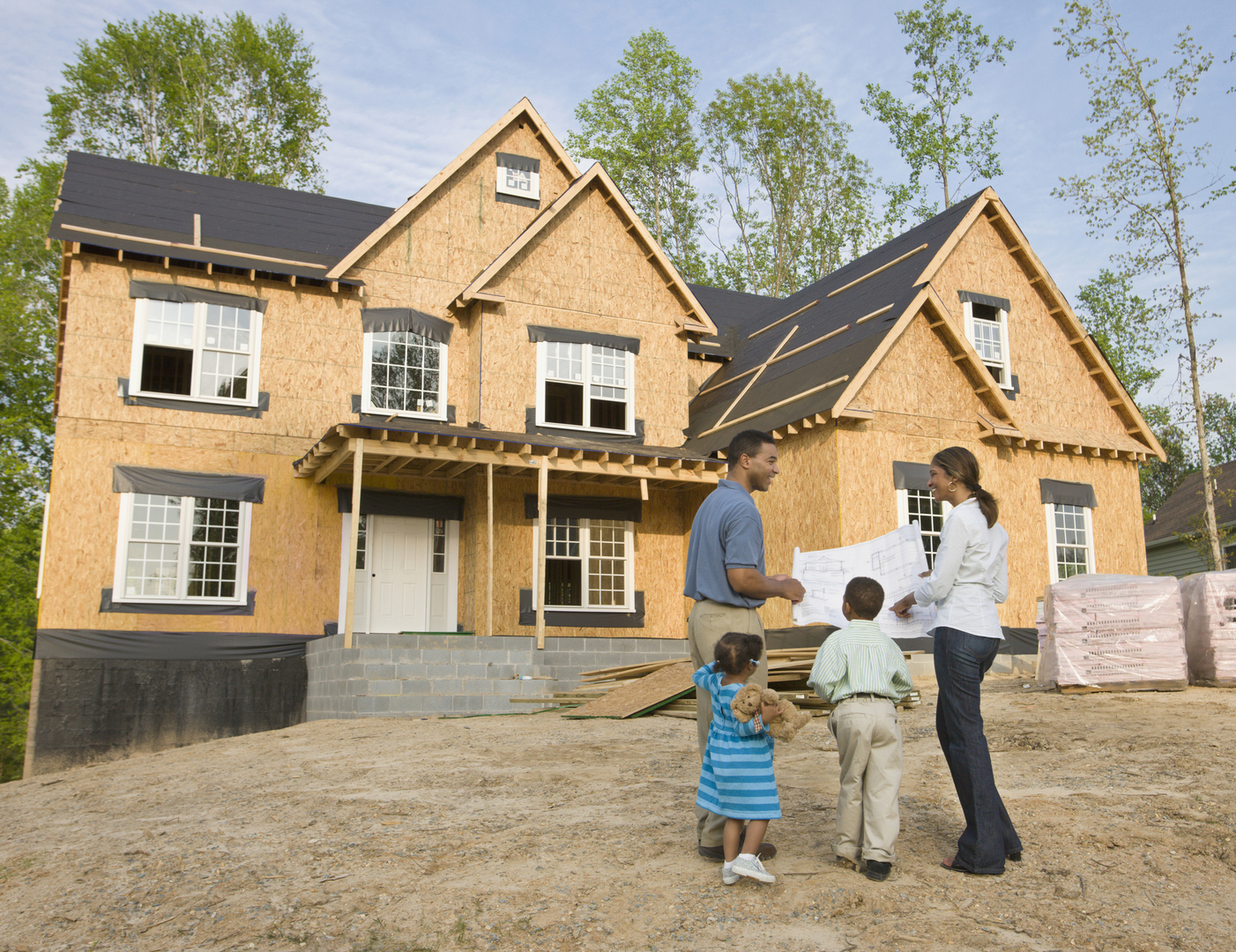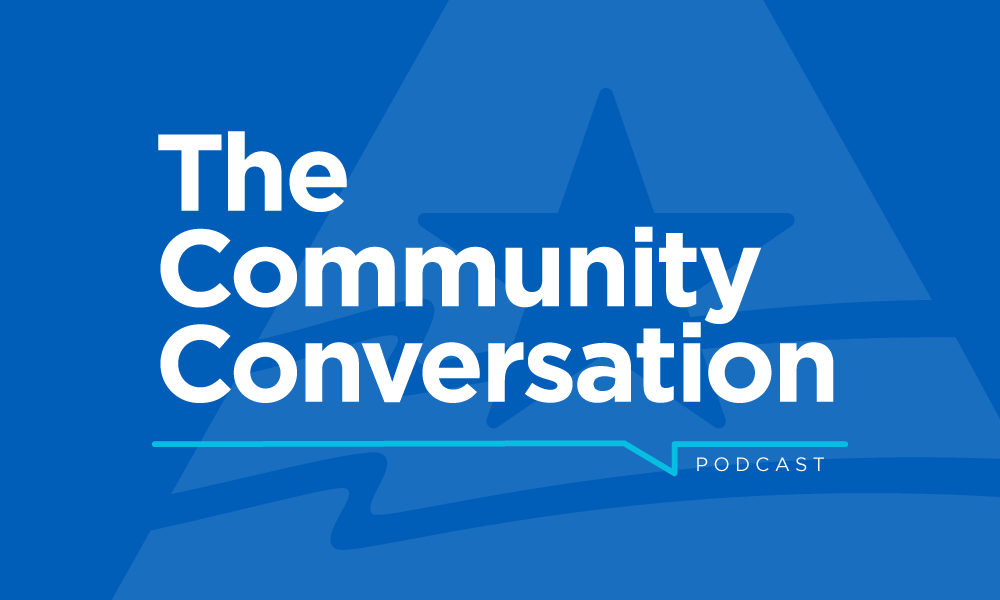Homebuilding 101
1) Know How Much You Can Afford
Determining your budget is a good place to start in your homebuilding process. Building can be more expensive than buying an existing home, and costs can continue to change throughout the building process as you make choices. So, it's more important than ever to have a strong understanding of your budget comfort zone. Think about your monthly cash flow and other financial commitments. Then consider how much you want to pay each month for your home and for how long. It may be helpful to meet with a Mortgage Advisor to understand the different types of loans available for homebuilding.Traditionally, building a home requires a Construction Loan to build the home, then a Mortgage loan to purchase it. Some financial institutions, like CommunityAmerica, offer a single loan that covers both parts of the process - often called a Construction-to-Permanent loan, which could save you money on closing costs and fees. No matter what type of loan you choose, getting pre-Approved is a great first step in preparing for a new home. Get an idea of what you can afford with these handy online tools: The Mortgage Payment Calculator and the Mortgage Affordability Calculator.
2) Decide Where You Want to Live
Unless you already have the land to build your new home, finding “the perfect place to build” is your second step. Here are some things to think about: Do you prefer living in an urban, suburban or rural setting? Do you want a lot of space to roam or are you looking to be part of a neighborhood? After you determine the type of space you’re looking for, start exploring. Check out subdivisions. Attend home shows and tours, such as the Parade of Homes. Working with a local real estate agent can also be helpful in finding the right location. They will be familiar with neighborhoods and areas that are good for building, and can also help you through the process to purchase land.
3) Find Your Builder
If you’ve chosen to build in a subdivision, chances are good there’s a builder or builders who are approved to build in that neighborhood. If that’s not the case, you’ll have the opportunity to choose your own. Finding the perfect fit is imperative. Do your research. The National Association of Home Builders suggests that once you’ve determined the type of house you want to build, contact your local homebuilder's association for a list of builders. You can also talk with family, friends and realtors for recommendations. Interview the ones that you like best. Here are some questions the National Association of Home Builders recommends asking a potential builder:
- Ask for references.
- Are there any additional fees relating to the home or development?
- Will there be a homeowners association? If so, what will the dues cost and what do they cover?
- Does the builder offer a warranty program?
- Can changes be made to the floor plan?
- How much customization can be done versus standard features?
- Can appliances be upgraded or downgraded?
- Does the price include landscaping?
- Are there any major development plans for the area in the next five years?
Other things to consider if you’re thinking of building a home:
- Property Taxes: The amount of property tax tends to be slightly higher on newly built home compared to an older home because of the home's value.
- Down Payment: The down payment for a new construction loan is typically 10%-20%.
- Payments: Interest-only payments begin as soon as money is disbursed to start the building process. Once construction is complete, the loan converts to monthly payments of principal and interest plus escrow, if applicable.
- Building Costs: Building prices are often nonnegotiable.
Building a new home can be wonderful.
Who else has lived in your new home? Nobody, that’s who. The beauty of building a home from the ground up is that everything is new. New can equal many things, and also means you get to make choices based on what's important to you. New homes are often more energy efficient and require less maintenance and lower insurance rates. Additionally, you can choose options to incorporate "smart home" technology, environmentally friendly materials, and upgraded fixtures to suit your taste. Many of your appliances and materials will also come with warranties and will meet the latest building codes in your area, meaning less stress for you.
Building a new home can be stressful, too.
While exhilarating and rewarding, the process of building a new home can also be overwhelming and stressful. Supply chain issues can lead to unexpected delays and increased costs. The whole process of building can take over a year to complete. If you’re building in a new subdivision, the neighborhood may feel like a construction zone for a while.
If you’re thinking of building a new home, it’s important to take the needed steps to make it happen. Figure out your budget, find the right location and the builder that’s the best fit for you and your future home. To learn about how CommunityAmerica Credit Union can be a guide through the homebuilding process or for more on our loan options, including the Construction-to-Permanent loan, contact us at 913.905.3799 or visit CommunityAmerica.com/Mortgages.







